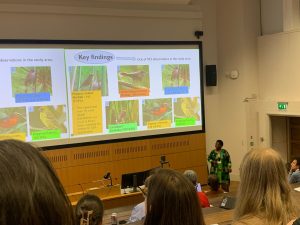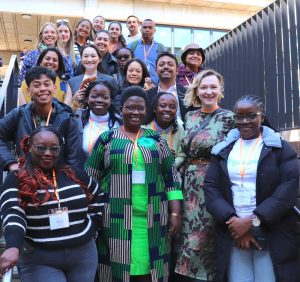The project identifies the following direct objectives and activities:
- Objective 1: Develop models to predict wetlands most likely to hold high densities and viable populations of papyrus endemic birds. This will generate evidence for an effective strategy for the site-based conservation of papyrus wetland biodiversity in Uganda. The strategy will therefore identify sites that meet KBA criteria and for each one, the appropriate levels of management and use, that are compatible with biodiversity conservation objectives.
- Objective 2: Conduct surveys to assess the distribution, abundance and habitat use by Papyrus endemic birds, reptiles and amphibians. This will fill gaps in national and regional biodiversity information databases on the biodiversity of papyrus wetlands.
- Objective 3: Use change detection analysis to determine the rate of habitat loss and degradation over the past 20 years using multispectral Sentinel-2 and Landsat images.
- Objective 4. Analyse data to identify wetland site networks that have the highest probability of supporting long-term persistence of papyrus endemics, and propose them for assessment against the Key Biodiversity Area (KBA) standard.
- Objective 5: Undertake advocacy targeting the Uganda KBA National Coordination Group to designate the identified KBAs as Protected Areas or OECMs contributing to Uganda’s 30 by 30 ambitions.
- Objective 6: Build capacity for evidence-based site conservation strategy development, implementation and monitoring, and in policy advocacy to designate KBAs. Six MSc students and four lecturers will engage in post-graduate training and exchange programmes.
- Objective 7. Submit findings to the National Biodiversity Databank and GBIF to inform the National Biodiversity Strategy and Action plan, and to ARBMIS, eBird and the World Database on KBAs.
- Objective 8. Package and publicize the data in formats to be shared with different stakeholders including researchers, policy users, local communities and the public.




